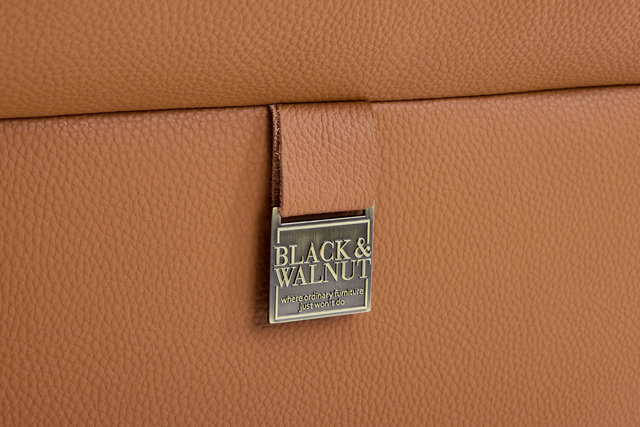FIBRES ON THE WORLD MARKET

Natural fibres are derived from animals or plants, while man-made fibres are produced from chemicals to create fabrics like polyester, rayon, acrylic, and many others.
1. Natural Fibres and Fabrics
Natural fibres come from plants, animals and geological processes (minerals). These fibres are usually staple fibres; which means the fibres are individually separate, distinct, and may be of any composition. Cotton and wool are examples of short staple fibres, sourced from the cotton plant and sheep respectively.
Although silk is a natural fibre, it consists of filaments, which are long, continuous fibres that can be up to a kilometre in length. Some types of natural fibres and where they come from include:
- Cotton comes from the cotton plant
- Wool comes from sheep
- Linen comes from from the flax plant
- Silk comes from silkworms
- Metal and asbestos fibres come from minerals
Composites with natural fibers have advantages such as lower density, better thermal insulation, and reduced skin irritation. They also produce fabrics which are lightweight and soft in texture.
The discovery of flax and wool fabrics at excavation sites of the Swiss lake dwellers is probably the oldest indication of fibre use. The invention and cultivation of silkworms for raw-silk production as well as methods to spin silk date from 2640 BCE.
In the 18th and 19th centuries, the Industrial Revolution encouraged further invention of machines for use in processing various natural fibres. This resulted in an upsurge in fibre production. New fibre plants were also discovered and their use explored, this led to the introduction of man-made fibres.
2. Semi-Synthetic Fibres and Fabrics
Semi-synthetic fibres are made from natural raw materials and are only modified and partially degraded by chemical processes. Most semi-synthetic fibres are cellulose regenerated fibres, the earliest of which is rayon, also known as viscose. Mankind has been trying to imitate luxurious materials like silk for more than 100 years.
Georges Audemars, a Swiss chemist, invented the first artificial silk around 1855 by dipping a needle into liquid mulberry bark pulp and gummy rubber to make threads, but the method was too slow to be practical. Starting in 1905, Viscose was the first generation, followed by Modal in the 1950s and finally, Lyocell is the latest generation of semi-synthetic fibres.
Some examples of cellulose fibres that are regenerated from natural cellulose include:
- Rayon mainly comes from wood pulp
- Modal often comes from beech trees
- Bamboo viscose comes from bamboo grass
- Seacell comes from seaweed
- Lyocell mainly comes from eucalyptus trees
3. Synthetic Fibres And Fabrics
Synthetic fibres are fibres that are chemically produced, and often have many different qualities, some of which are not achievable with natural fibres. For example, synthetic fabrics can be made waterproof for outer protection or elastic for swimwear. Chemicals can be added to make fabrics softer, wrinkle-free, stain-resistant or even flame resistant. A synthetic fabric, when magnified, looks like plastic spun together.
Some examples include of synthetic fabrics include:
- Nylon
- Acrylic
- Polyester
- Microfiber
- Spandex
- Neoprene
Nylon, dubbed the miracle fibre, was invented in September 1931 at the research laboratory of DuPont Company. The discovery of Nylon started a new era of manufactured fibres. Common synthetic fibres found in the market are polyester and nylon. Although both materials are plastic compounds derived from petroleum, nylon is stronger and more stretchable than polyester.
As Nylon is completely made of synthetic materials obtained from petrochemicals, it is very different from Rayon and Lyocell which are made up of cellulosic material of plants. In the next part, we will dive deeper into semi synthetic fibres, with a focus on TENCEL™ lyocell and how they are made.

